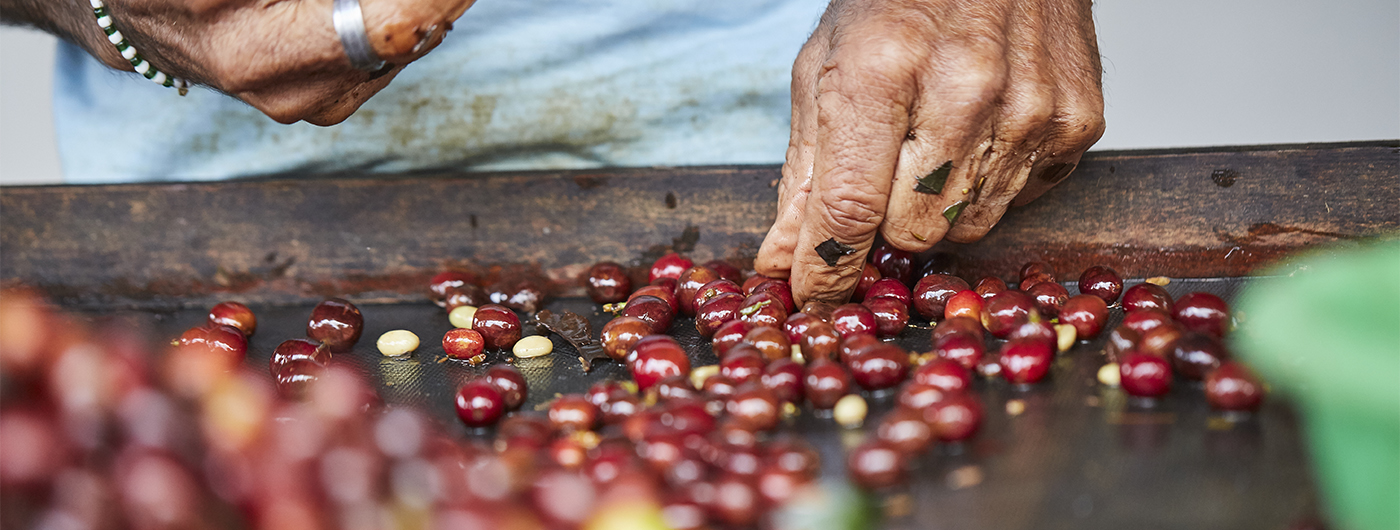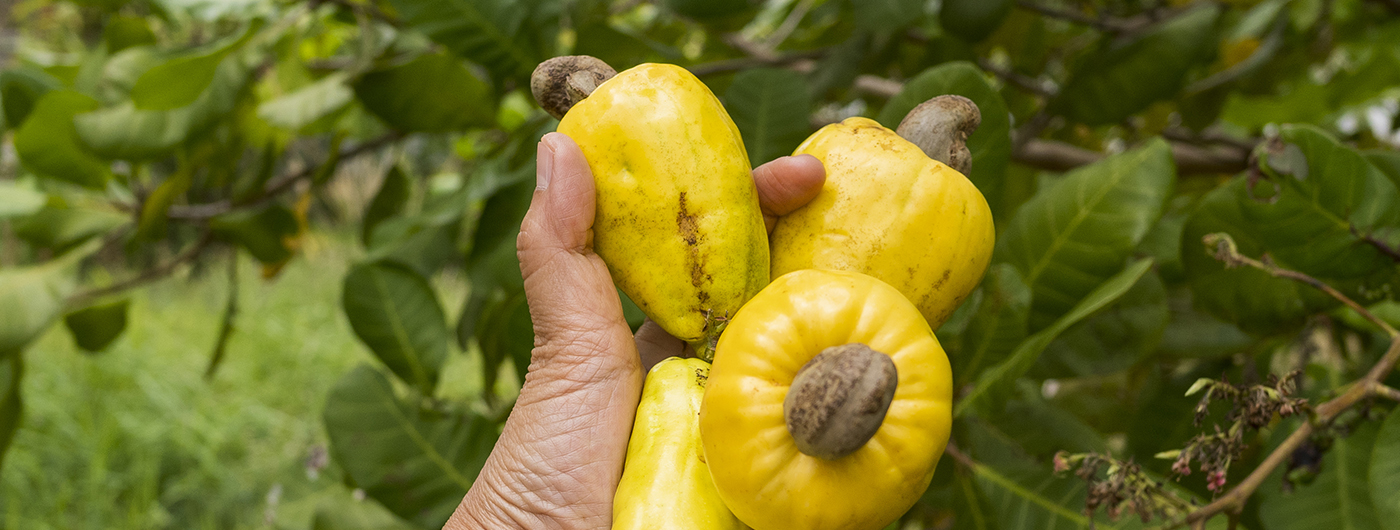

Trump’s 46% Tariff on Vietnamese Imports: Analysis of Impacts on Coffee and Cashew Exports to US Market
On April 2, 2025, US President Donald Trump announced a 46% tariff on imports from Vietnam, marking one of the highest rates in his new wave of global tariff impositions. This analysis examines the implications of this tariff decision for Vietnam’s key agricultural exports—specifically coffee and cashew nuts—to the US market, while assessing broader impacts on trade relations and economic outlook.
Overview of Trump’s New Tariff Regime
President Trump has implemented a comprehensive tariff strategy targeting countries with significant trade surpluses with the United States. Vietnam faces one of the highest rates at 46%, comparable to other major Asian exporters such as Myanmar (44%), Bangladesh (37%), and higher than China’s 34%. The tariff on Vietnamese goods is scheduled to take effect on April 9, 2025. This announcement triggered an immediate response from Vietnam’s government, with Prime Minister Pham Minh Chinh convening an emergency meeting with key ministries and economic sectors on the morning of April 3 to address the situation.
Vietnam has become the third-largest trade surplus country with the US, reaching $123.5 billion in 2024, behind only China and Mexico. This substantial trade imbalance appears to be a primary factor in the Trump administration’s decision to target Vietnam with such a high tariff rate. The US Treasury Secretary Scott Bessent has indicated that these tariffs represent a “ceiling” that could potentially be reduced if trading partners meet the Trump administration’s demands.
Potential Impact on Vietnam’s Coffee Exports
Vietnam stands as one of the largest coffee bean exporters to the US market. Intimex group, Vietnam’s largest coffee bean exporter to the US, reported trade with the US exceeding $100 million in 2024. Similarly, KAI Farm ships more than 60,000 tonnes of coffee annually, with the US accounting for approximately 20% of its total export revenue.
Competitive Challenges and Market Position
Vietnamese coffee exporters may face significant challenges in maintaining their market position once the 46% tariff is applied. The substantial increase in prices could potentially:
▬ Reduce competitiveness against coffee from countries with lower or no tariffs
▬ Force Vietnamese exporters to absorb some of the tariff costs to maintain market share
▬ Lead to reduced overall demand from US consumers facing higher retail prices
However, some industry leaders express cautious optimism regarding certain agricultural products. Dr. James T Nguyen, Chairman of KAI Holding, suggested that coffee might face less immediate impact as the US does not produce these items domestically. This potential exemption could allow companies like KAI Farm to maintain their market share and continue exporting to the US.
Nevertheless, Dr. James expressed concern that US trade remedy instruments could reduce reliance on foreign suppliers while decreasing US consumers’ demand due to rising prices. This would inevitably affect the demand for coffee and other agricultural products supplied by Vietnamese exporters.
Vietnam’s Cashew Exports Under Pressure
The cashew industry represents another significant agricultural export sector vulnerable to the new tariffs. Vietnam exported approximately $1.15 billion worth of cashew nuts to the US in 2024. The industry is already facing significant challenges even before the implementation of these new tariffs.
Pre-existing Vulnerabilities
Vietnamese cashew exporters are currently struggling with:
▬ Rising prices of raw cashew materials imported from Africa
▬ Contract breaches by raw material suppliers
▬ Decreased quality of imported raw materials
▬ Extended delivery times from 30-40 days to 2-3 months
One industry representative revealed that for each container of cashew kernels exported, companies are already losing approximately 600 million VND (approximately $24,000) due to high raw material costs and inability to adjust export prices accordingly.
Amplified Challenges Post-Tariff
The 46% tariff will compound these existing issues by:
▬ Further eroding price competitiveness in the US market
▬ Potentially leading to US buyers seeking alternative suppliers with lower or no tariffs
▬ Creating additional financial pressure on an already struggling industry
▬ Possibly forcing industry consolidation as smaller producers may be unable to absorb the combined impact of raw material challenges and tariff costs
Trade Balance Implications
Vietnam’s trade relationship with the US has been characterized by a growing surplus, which reached over $123 billion in 2024, increasing by almost 20% from the previous year. This growth rate exceeded that of other major US trading partners with significant surpluses, including China, the EU, and Mexico.
Vietnam’s Recent Balancing Efforts
Prior to the tariff announcement, Vietnam had already implemented measures to address this imbalance:
▬ On March 31, 2025, Vietnam slashed tariffs on a range of US imports, including liquefied natural gas (LNG), automobiles, and various agricultural products
▬ The government pledged to increase purchases of American goods to establish a more balanced trade relationship
▬ Vietnamese businesses have been exploring offsetting measures to demonstrate willingness to establish a more sustainable trade partnership
However, these proactive measures failed to prevent Vietnam from being targeted with one of the highest tariff rates in Trump’s new trade policy. The tariff imposition threatens to undermine Vietnam’s ambitious goal of boosting economic growth to at least 8% in 2025.
Escalation of Trade Tensions
The imposition of such high tariffs creates significant risk for escalating trade tensions between Vietnam and the US. Economic experts have expressed concern that new import tariffs could potentially:
▬ Disrupt global supply chains
▬ Spark retaliatory measures from affected nations
▬ Create broader trade wars between countries
For Vietnam specifically, the high tariff rate places it among the most severely affected countries, which could prompt consideration of countermeasures or appeals through international trade organizations.
Economic Impact Assessment
The broader economic implications for Vietnam are likely to be substantial given the importance of the US market to its export-oriented economy.
Sector Vulnerability Analysis
According to Dr. Le Duy Binh, Director of Economica Vietnam, the industries most affected include those with a high proportion of exports to the US:
▬ Agricultural products
▬ Wood products
▬ Electronics
▬ Textiles
Furthermore, enterprises in the supply chains of these products, along with export support units, will also experience significant secondary impacts. Fund manager Ruchir Desai from Asia Frontier Capital in Hong Kong noted that “if these tariffs remain in place, we could see gross domestic product growth forecasts for Vietnam being downgraded”.
Manufacturing and Supply Chain Implications
Vietnam has emerged as a viable alternative to China for manufacturing a wide range of products, attracting investments from multinational companies like Intel, Apple suppliers, and Samsung Electronics. The new tariffs threaten to disrupt this trend and potentially slow the flow of manufacturing relocations to Vietnam.
Future Outlook and Strategic Considerations
While the immediate impact of the tariffs appears negative, there may be potential pathways for mitigation and adaptation.
Potential for Tariff Reduction
US Treasury Secretary Scott Bessent’s statement that the reciprocal tariffs represent a “ceiling” suggests there may be room for negotiation. Vietnam could potentially secure reduced tariff rates by:
▬ Further increasing purchases of US goods
▬ Opening markets more extensively to US businesses
▬ Addressing specific trade practices identified by the US as problematic
Diversification Strategies
Some forward-thinking Vietnamese exporters have already begun implementing diversification strategies. For example, Phuc Sinh Corporation has expanded its market presence to 102 countries and territories worldwide, reducing its dependence on any single market including the US.
The company has also moved beyond selling raw materials to focus on deeper processing to create higher-value products, positioning itself to better weather market disruptions. This approach, coupled with certifications such as Rainforest Alliance for coffee plantations and international standards for pepper exports, helps maintain competitiveness in stringent markets despite tariff challenges.
Conclusion
The 46% tariff imposed by the Trump administration represents a significant challenge for Vietnam’s export-oriented economy, particularly for key agricultural exports like coffee and cashew nuts. While some industry leaders express cautious optimism about potential exemptions or workarounds, the overall impact is likely to be substantially negative without successful negotiation of reduced rates.
The situation highlights the vulnerability of developing economies to sudden shifts in trade policy by major markets. For Vietnam, this underscores the importance of market diversification, value-added production, and continued diplomatic engagement to protect its economic interests. The coming months will be critical as Vietnamese government officials and industry leaders work to navigate this challenging new trade environment and minimize disruption to key export sectors and the broader economy.


